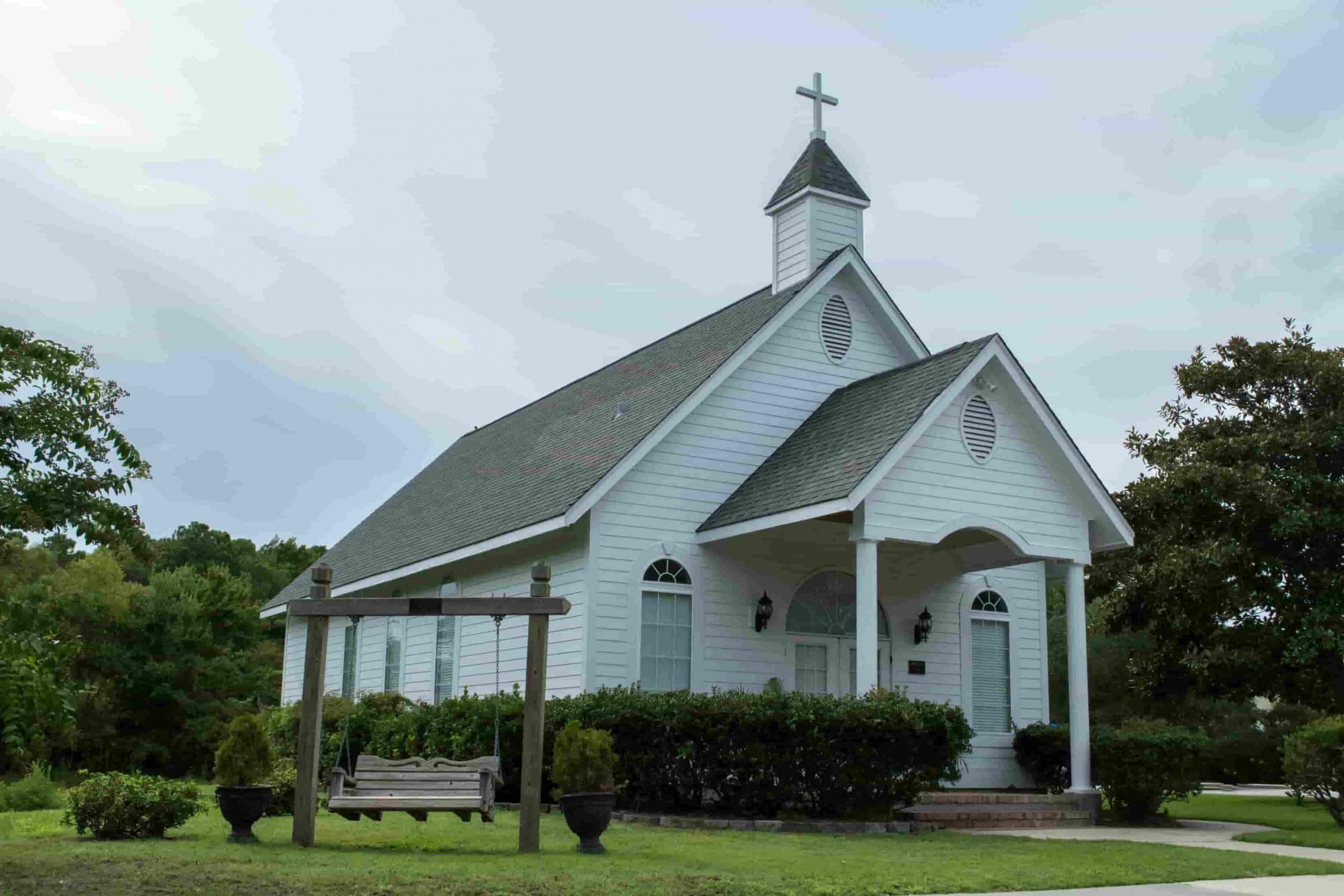
Identifying the appropriate church HVAC system raises specific issues not present with other commercial installations. Getting it right means identifying the factors that make a church HVAC system distinct and determining how to best meet those needs. Effective comfort control is always a goal in structures that host substantial numbers of people. However, efficiency and low operating costs are also a priority in installations for nonprofit organizations like churches.
Here are some factors that influence the choice of an efficient, effective church HVAC system:
- Large spaces. Church layout typically includes a spacious sanctuary or other central gathering space. The design usually incorporates high ceilings with a large volume of empty space overhead.
- Big glass. Expansive glass windows are a common design feature of churches. Glass loses heat to the outdoors in winter, while gaining heat during the summer. HVAC heating sizing must take this into consideration.
- Variable occupancy. A church structure may host large congregations in a spacious sanctuary once or twice a week. On other days, only smaller gatherings or study groups may occupy ancillary meeting rooms. During certain time frames, the facility may be nearly unoccupied for many hours of the day.
HVAC sizing calculations must be performed by a qualified HVAC contractor. For a church building, here are a few examples of allowances to ensure the installed system has the correct BTU capacity:
- Add 10% to required BTU capacity if church services frequently fill the building to maximum occupancy.
- Add 20% if the central sanctuary has large windows that receive direct sun exposure.
- Subtract 10% if large windows are shaded by trees and can be opened.
- Heat rises in high-ceilinged spaces. Persons in elevated positions in a sanctuary—such as choir members, persons in the pulpit and sound or lighting technicians—may require silent fans or other air circulation to remain comfortable.
- Because a quiet environment is typically preferred in a church sanctuary, outside A/C components are often installed on the ground adjacent to the structure instead of as a roof-mounted unit.
For professional assistance in the design and installation of a church HVAC system, contact Jackson & Sons.

